Roger Federer was forced to withdraw from the French Open earlier today. The Swiss was going to be seeded third, but instead, now the seedings and, therefore, the draw, will be changed rather dramatically due to his withdrawal. The tennis world will feel the effects of this withdrawal, so here is how Federer’s withdrawal affects the tennis world.
Historical implications for Federer
By skipping the French Open, Federer’s record iron man streak at majors has ended. The Swiss had played 65 consecutive Grand Slam events, every single Grand Slam since he turned pro in 1998. He had never skipped a major before in his career. His 65 consecutive appearances is an ATP record, nearly ten more than second-place Wayne Ferreira. Including juniors, Federer had appeared in 69 consecutive majors dating back to the 1997 Australian Open. The Swiss is well known for is great fitness and health, so the fact that he was forced to withdraw for the first time in his career is a big deal.
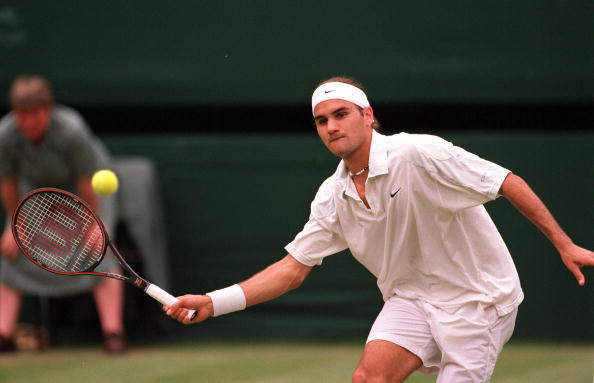
Rafael Nadal the biggest beneficiary
For the second year in a row, Rafael Nadal found himself going into the French Open outside the top four, meaning he would have to likely go through two top-four opponents just to reach the final. Last year, it cost him dearly as he was drawn into the same quarter as Novak Djokovic, who promptly ended the King of Clay’s run in Paris in the quarterfinals. The organizers of the tournament have refused in the past to up his seeding to avoid this scenario when he has been ranked outside of the top four.
With Federer’s withdrawal, world number five Nadal will be bumped up to fourth on the seeding list, meaning he will not have to face either Djokovic or Andy Murray until at least the semifinals. This is huge for the Spaniard if he hopes to add a tenth Roland Garros title. Only Murray and Djokovic have beaten Nadal on the European clay this spring, where the Spaniard has re-found his championship form.
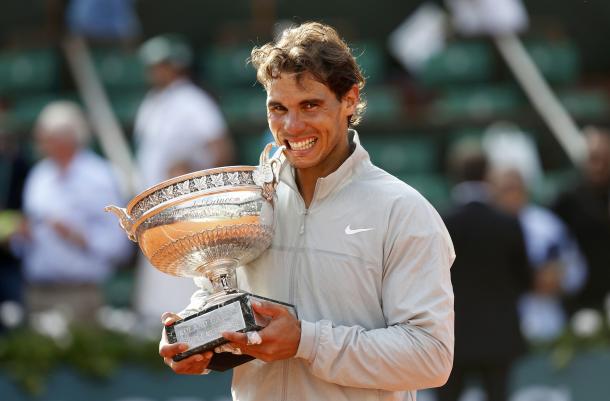
Because of his higher seeding, Nadal will have an easier run to the semifinals, which will give him time to build up momentum and confidence before the big tests in later rounds. Assuming he plays the way he did for most of the spring, this higher seeding could make him very difficult to beat by the time he clashes with either Djokovic or Murray.
Djokovic, Murray, and Wawrinka catch a break
All due respect to Roger Federer, but world number one Novak Djokovic, Rome champion Andy Murray and defending Roland Garros champion Stan Wawrinka, the top three seeds, would probably be more worried about an early meeting with Rafael Nadal than a meeting in any round with Federer.
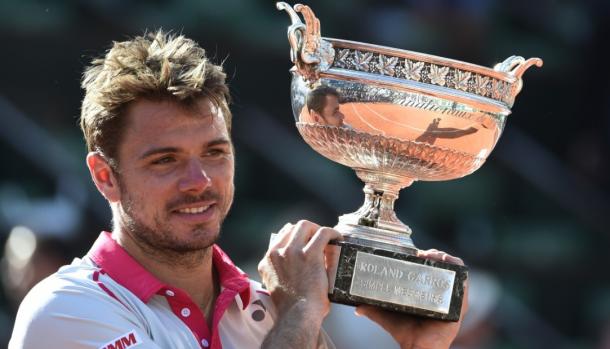
Not only does Nadal benefit from his seeding being increased, but the top three do too because now they do not have to worry about going up against the greatest player in the history of the French Open before the semifinals. With Nadal looming as the fifth seed, one of them probably would have had to play him in the quarterfinals, as Djokovic did last year. Instead, the earliest one of them could face Nadal is the semifinals.
Milos Raonic gets a big opportunity
The one person who might benefit even more is Milos Raonic, who will be bumped up to the eighth seed. This means that the Canadian, who is ranked number nine, will not have to face a higher ranked opponent until the quarterfinals. Had Federer not withdrawn, Raonic would have been seeded ninth and could have faced a top-eight opponent as early as the round of sixteen.
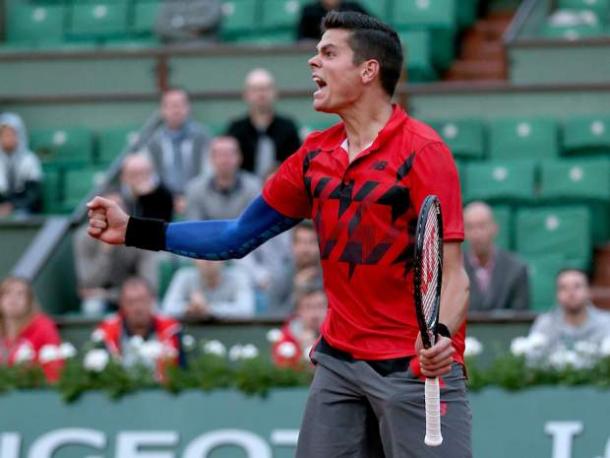
Instead, he will round out the top eight and, assuming he does not get Nick Kyrgios in his quarter (Kyrgios, Murray and Djokovic have all beaten Raonic twice in 2016), will have a clear shot to the quarterfinals. Having skipped the French Open last year, this is a big opportunity for Raonic to gain valuable points and continue his run towards the top of the game.
Does Federer’s absence affect the draw?
Normally, Roger Federer withdrawing from a major would open the door for some other players to make charges at a major, or increase the odds for the other favourites. However, of all the majors, the French Open is probably the one where Federer’s absence has the smallest effect. The 2009 champion has not been a major factor at the tournament for several years. He last reached the final in 2011 and has not been past the quarterfinals since 2012.
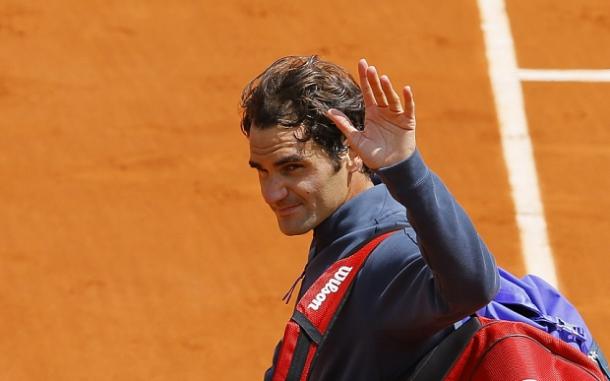
Moreover, Federer, primarily due to injuries, has been a relative non-factor during the clay court season. He reached the quarterfinals in Monte Carlo (l. to Tsonga), skipped Madrid and lost in the third round of Rome (l. to Thiem). He was not really considered a favourite entering the French Open and was not expected to be a factor at the tournament anyway. Apart from affecting the seedings, it is unlikely that Federer’s withdrawal will have much of an effect on the tournament, other than perhaps television ratings.
The French Open draw will take place tomorrow. Federer has not said when he will return although it is a safe assumption that the Swiss hopes to ready for the grass court season, where a potential absence at Wimbledon would have a much bigger effect.










































